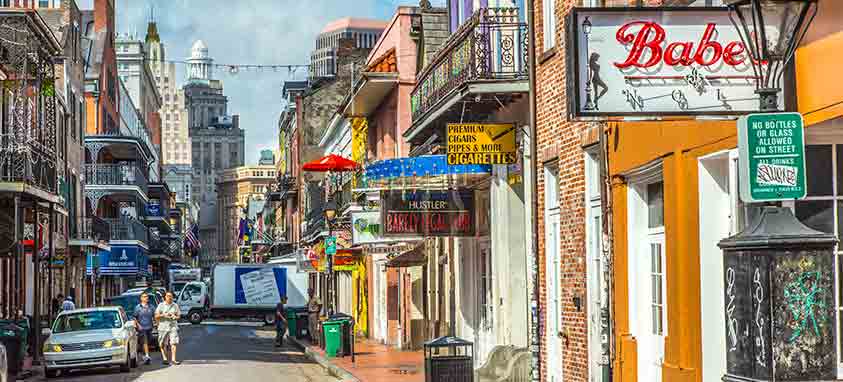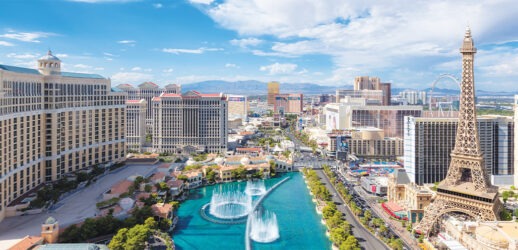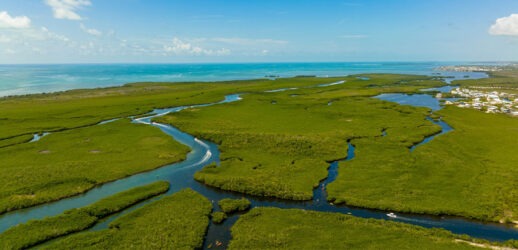When Hurricane Katrina struck the Gulf Coast a decade ago on Aug. 29, 2005, the result was catastrophic, especially in New Orleans. The Category 3 storm, which had sustained winds of up to 140 mph, caused levees to collapse, flooding 80 percent of the low-lying city. Approximately 1,800 people in the region lost their lives, several hundred thousand residents were permanently displaced, and tens of thousands of homes and businesses were completely destroyed. Financially, experts estimate that the devastation topped $100 billion.
Historically, New Orleans was no stranger to natural disasters. Over the past century the resilient city had survived five other big hurricanes. There is no doubt, however, that Hurricane Katrina crippled tourism in a city that depends on it. Statistics from the New Orleans Convention and Visitors Bureau indicate that immediately following the disaster the number of visitors to New Orleans shrank to 3.7 million, and the city had to cancel $2 billion in business.
Aug. 29 marks the 10-year anniversary of the calamity. A decade after Katrina, New Orleans will commemorate the somber event with wreath laying ceremonies, a conference, prayer services and more. But the city that loves to party wants event planners to know that New Orleans has bounced back, and is ready and eager to host your next conference or event.
How New Orleans Bounced Back
While much of the city was devastated, the good news was that the most historic regions of New Orleans, notably Marigny and the popular French Quarter, were relatively intact after the storm. The damaged infrastructure in other parts of the city has been rebuilt and even expanded, which is reeling business and tourists back. Statistics indicate that in 2014, the number of visitors had climbed back up to 9.52 million. They spent a total of $6.81 billion, the highest visitor spending in city’s history.
As Ernie Smith reports for associationsnow.com, the city has 600 more restaurants than it did in 2005, and more than 850 new hotel rooms. New Orleans is also spending hundreds of millions of dollars to expand and refurbish both its airport and convention center. According to the CVB, Louis Armstrong International Airport (MSY) is actually the fastest growing airport in the U.S. Its numbers have surpassed pre-Hurricane Katrina days. It served 9,785,394 passengers in 2014, outpacing the 2004 total of 9,733,178 passengers.
The New Orleans Convention & Visitors Bureau could not be more pleased about the strong recovery of the region’s economy, and points out that accolades are flowing in from many sources. Earlier this year Travel + Leisure named New Orleans the second-best city to visit in the United States, the second consecutive year it has garnered the ranking of a world-class destination. Conde Nast Traveler called it the “Best U.S. City for Business Travelers,” while The New York Times deemed it one of the “52 Places to Go in 2015.”
A Decade Later
It is clear that the city is once again a destination hotspot. New Orleans a decade after Katrina has surged back to life and reclaimed its position as one of America’s most vibrant and enjoyable cities.




